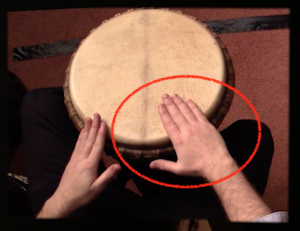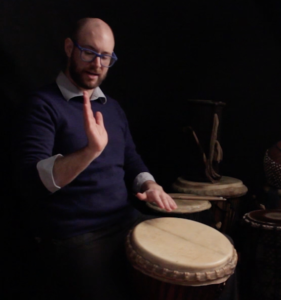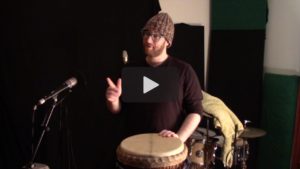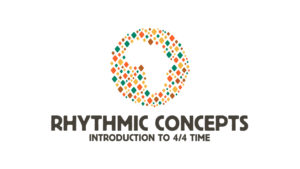Salutations.
In this post, we’re going to revisit our Tone Technique video, which covers how to play a tone on the djembe – you can find this video, along with the other technique videos, in the Technique > Djembe Technique section of African Drumming Online:
https://africandrummingonline.com/technique/djembe-technique/
We thought it would be a good idea to develop a blog series where we take some of our most popular free videos, and distill the info into text form as best we can. Different people learn in different ways, so we hope this helps some of you!
Not yet a member? You can sign up free to get access to this video, here:
https://africandrummingonline.com/
The tone one of the two main sounds you get by hitting the edge of your drum. While most new plays lust after and want to play the slap, I think focusing on getting a good, clean tone is actually a better use of energy for new players…
The basic idea to help you play a good tone is to know that you play with your fingers on the end of the drum, and you want the full length of your fingers to hit the skin. As a rough guide, I tell students to aim to get the ‘paddy’ bit between your palm and first knuckle on the edge of the drum – this bit:

So, to start, you should aim to have the bit of your hand on the edge while playing a tone – from above:

Now you know how you’re going to hit the drum, it’s good to start from the beginning – your ‘backswing’ – before you play your tone, you want your hand to be back, with your wrist slightly bent backwards. The reason for the wrist bend, is it gives you more power when you eventually hit the drum – it can be tempting when you’re starting to lock your arms into a ‘flat’ position, and just lift them up and down, but it’s important to have your wrist involved, so the end of your fingers makes a circular arc. Here’s an image showing a starting point for the tone:

So, you start with your hand back like this (wrist slightly bent back), hit the drum with the paddy bit on the edge, and the last step is to move your hand quickly back to the starting position as soon as you have made contact, to let the sound ring out clearly.
And that’s a tone – try it!.
One important point to note – like all the sounds on the djembe, you want your hands to be firm, but relaxed. You need your fingers to be a little bit firm, and held together so they all hit at the same time, but not stiff.
Here’s an example showing the three main stages – starting with your hand back, hitting the drum on the edge, and bringing your hand back – of the tone sound on the djembe:
As with the other sounds on the djembe, it’s important to be able to sing them – generally, I sing a tone sound as ‘ting’, or ‘ding’ – sounds like that:
That’s about all there is to tones – there’s more in the video going a bit more in depth on specific ways to change your sounds if you’re having trouble, but try it out now and see how you go!
Hope that helps!




